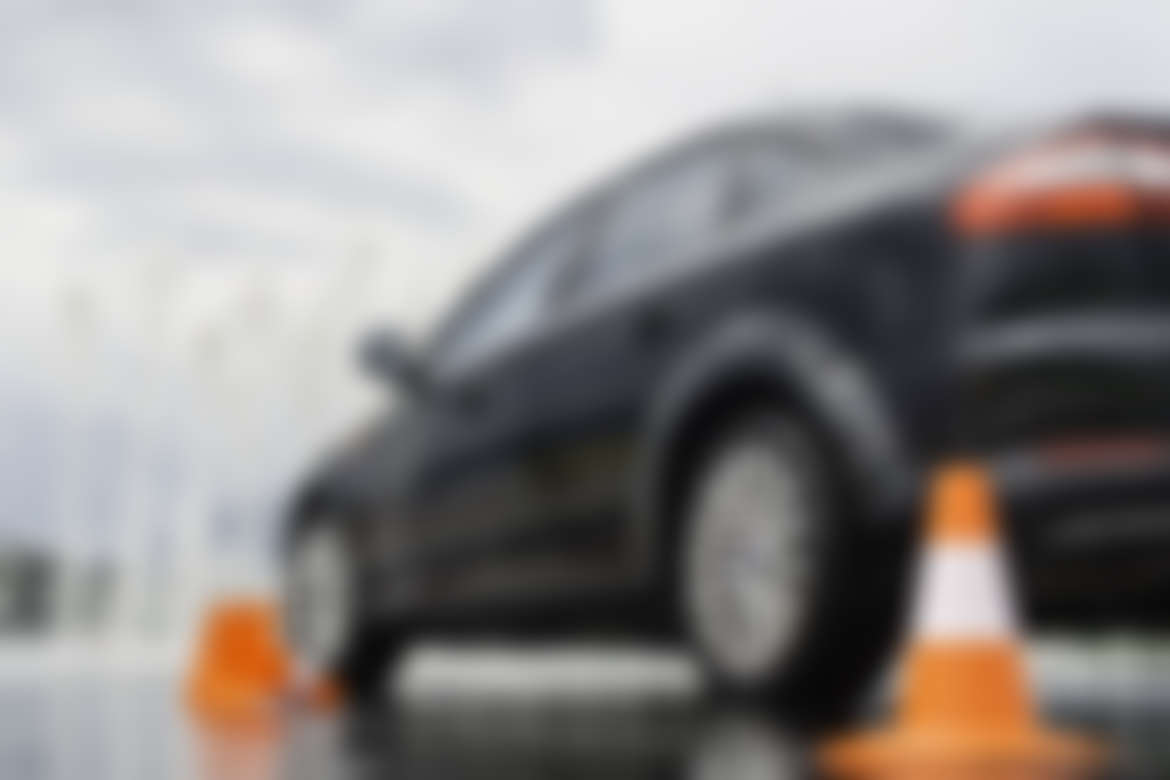CV joints are basically intricate ball and socket joints. Their main functionality primarily depends on doing few important tasks. Mainly your CV joints connect the axles to the front wheels.
All front-wheel drive cars have Constant Velocity joints or CV joints on both ends of the drive shafts (half shafts).
Inner CV joints connect the driving shafts to the transmission while the outer CV joints connect the drive shafts to the car’s wheels. A majority of rear-wheel drive and four-wheel drive cars, as well as trucks, also have CV joints.
The CV joints are essential for transferring the torque from the transmission to the drive wheels at a stable speed. All while employing the up-and-down motion of the suspension. In front-wheel drive cars, CV joints transfer the torque to the front wheels when your car makes turns. There are two most often used types of CV joints: a ball-type and a tripod-type. In front-wheel drive cars, ball-type CV joints are used on the outer side of the drive shafts (outer CV joints), as the tripod-type CV joints are mainly used on the inner side (inner CV joints).
Usually, that noise gets louder when you accelerate while making a turn. In worst cases, a badly-worn outer CV joint can even fall apart while driving. This will make your car undrivable and can lead to a serious road accident!Jerry Robinson
CV Joint problems
A CV joint is filled with a special lubricating grease that is sealed tight within the rubber or plastic boot. That boot is being held in place with the help of two clamps. A CV joint doesn’t need a very regular maintenance as it can last very long. Basically as long as the protective CV joint boot itself is not damaged. It’s not rare to see a car with over 300,000 miles with its original CV-joints intact…
Though most often the only problem with the CV joints is when the protective boot cracks or gets damaged. Once that happened, the grease comes out and moisture and dirt get in, causing the CV joint to wear faster and eventually stop working as it’s intended to. All due to a lack of lubrication and the ongoing corrosion, caused by dirt getting inside the cracks. Usually, outer CV-joint boots break first, as they have to sustain more movement than the inner ones. CV boots are usually inspected during regular car checkups, which we recommend performing yearly. Your mechanic will look for cracks, tear-ups, and other damage and will surely find it if it’s there!
Signs of a damaged CV-joint boot or a worn out CV joint
When this special grease leaks out of a small crack or tear – that’s an ultimate early sign of the CV joint boot failing. In case that damage is bigger, you might see dark grease dabbled on the inside of the wheel rim and around the area inside of the drive wheel like in the photo.
If some why you continue to drive a car with a damaged CV joint boot, the CV joint will wear out and eventually fail. A most regularly occurring symptom of a badly-worn outer CV joint is a clicking or popping noise when you make a turn.
Inner CV joints failures are rare. One of the symptoms of a failed inner CV joint is shudder or side-to-side shake during acceleration. A worn-out inner CV joint may also cause clunking when shifting from Drive to Reverse.

CV joint repairs
If you are planning to replace the CV joint boot or a drive shaft yourself, you will need a strong torque wrench (or a breaker bar). Also, don’t forger about the right sized socket to break loose the main CV joint lock-nut or hub nut (in the photo), because it’s very tight. Be prepared that the lower ball joint will have to come out, and it could be quite difficult to do without special tools. The hub nut will also have to be re-torqued to the specified torque after the repair is completed. Check the repair manual for instructions and torque specifications.
If a badly damaged CV joint boot is detected early, a simple replacement is all that’s required. We’ll simply switch the joint boot and refill the CV joint box with a fresh grease. This more cost-efficient times, much better than replacing the whole CV joint or drive shaft. The CV joint boot replacement usually costs something in between $200 and $400… The part is not that expensive, but it takes a considerable amount of labor is involved in replacing it. A CV joint boot is typically sold as a kit, with a fresh grease and new clamps.

